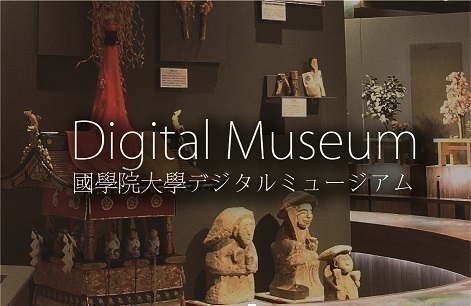- トップ
- Encyclopedia of Shinto
- Sansha takusen (var. Sanja takusen)
Encyclopedia of Shinto
| Main Menu: | |
| Links: |
詳細表示 (Complete Article)
| カテゴリー1: | 7. Concepts and Doctrines |
|---|---|
| カテゴリー2: | Doctrines and Theories |
| Title | Sansha takusen (var. Sanja takusen) |
| Text | Oracles (takusen) of the three deities Tenshō-kōtaijingū (Amaterasu), Hachiman Daibosatsu, and Kasuga Daimyōjin that circulated widely from the middle ages until the early modern period. This term also refers to an object of worship that takes the form of a hanging scroll inscribed with the divine titles (shingō) and the oracles of these three deities. Their divine titles — Tenshō-kōtaijingū being in the center, Hachiman Daibosatsu on the right and Kasuga Daimyōjin on the left — and respective oracle texts form a trinity that is often accompanied by depictions of the deities as well. Some differences also exist in the wording of the oracles, but the following inscription in classical Chinese is the norm: " None of the oracle texts is mentioned in the history books and various ancient records prior to the Heian period. Judging from the fact that according to one legend the oracles of the three shrines manifested on the surface of a pond at Tōdaiji's Tōnan-in at the time of Prince Shōchin during the Shōō era (1288-1293) and that the earliest example of an account in which they are arranged as sansha takusen is Daigo shiyō shō, completed in the Ōei era (1394-1428), Buddhist monks from Nara and Daigo-ji as well as a connection to ryōbu shintō can be assumed to have played a role in the creation of the sansha takusen. However, Yoshida Shintō had great influence on the dissemination of the oracles. Yoshida Kanetomo gave an annotated version of the sansha takusen in his Kaguraoka engi (also called Sansha takusen hon'en) alongside a description of the origins of the ceremonial hall (saijō) he built in his residence. In this way, he introduced the sansha takusen into Yoshida Shintō and also conducted on request of the imperial household a memorial service for a sansha takusen scroll personally written by the emperor at the ceremonial hall. Centering on Yoshida Shintō, faith in the sansha takusen spread from the court nobles to the warrior class and — mediated by simpler and easy to circulate commentaries such as waka poems expounding on the oracles which were written in classical Chinese — also extended into the general populace. Over time the theory emerged that the oracles of the three deities go back to the Yoshida (Urabe) family. Researchers of "evidential learning" (kōshōgaku) in the meantime called the authenticity of the oracles into question and Ise Sadatake declared that Yoshida Kanetomo had forged them for his own interest. However, even if assuming they were a forgery, the content of the oracles still had moral efficacy. The oracles were thus not rejected as an effective means of cultivating the morals of the common people such as bringing about a sense of devotion for the kami, and won support from adherents of popular Shinto (tsūzoku shintō), teachers of practical ethics (sekimon shingaku) and persons connected with Buddhism espousing the unity of the three teachings, i.e. Shintō, Buddhism, and Confucianism. A vast amount of handbooks, picture scrolls and prints were produced for the common people. Moreover, pious associations (kō) offering dedicatory lanterns (tōrō) to the three shrines were formed in various places. Faith in the sansha takusen deeply permeated the whole country and did not abate throughout the early modern period. — Mori Mizue |




